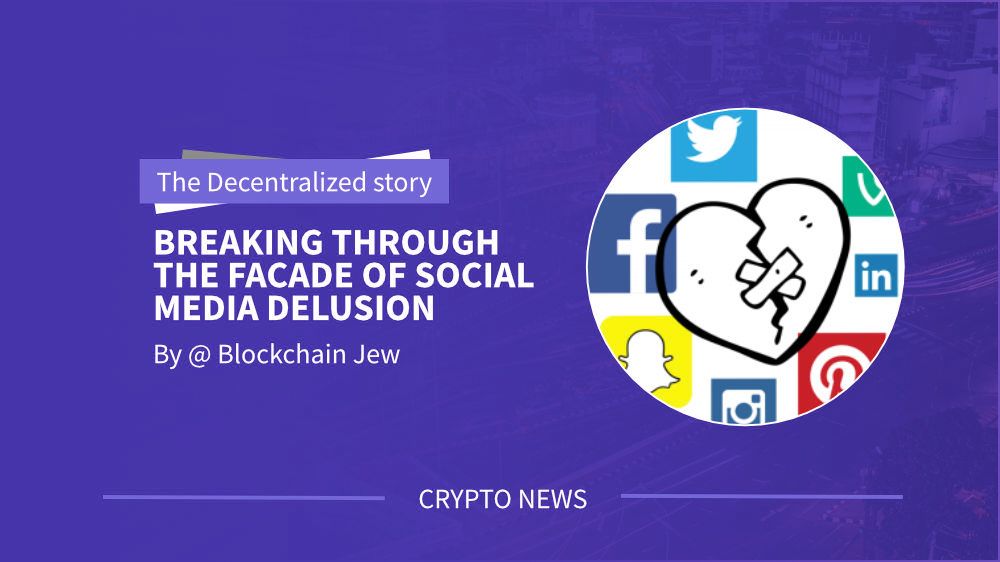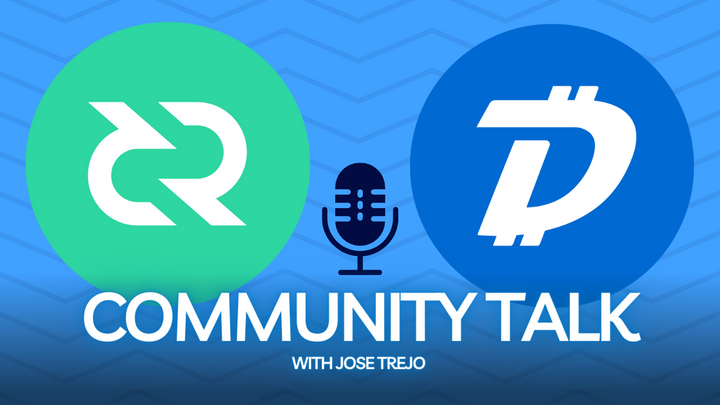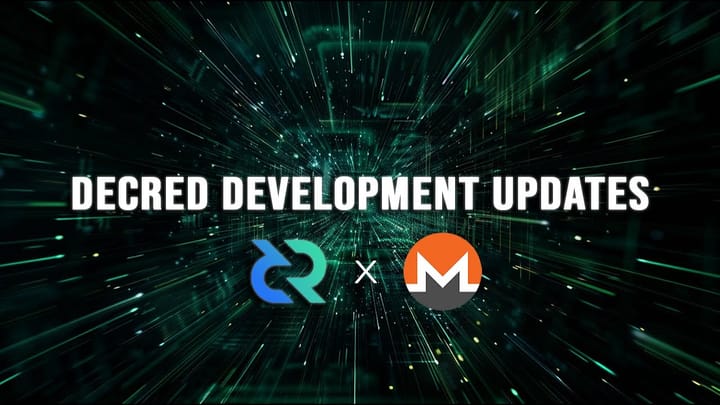Breaking through the facade of social media delusion
No censorship, no ads, and no custody of your data. You’re completely in charge of your peer-to-peer communication with Bison Relay


Social media apps are fundamental services that we use every day. These networks make connecting with family, friends and colleagues seamlessly easy. Not only are these apps used for communicating with loved ones, but they also serve as platforms to kick start your career, promote your brand, stay updated with current affairs and even get job opportunities.
Statics from DemandSage proves that over 85% of the world’s mobile users interact with social media apps and spends at least two hours on these platforms every day. This data proves one thing - that is, social media networks are here to stay and we likely can’t do without them. While these platforms help in making our lives easier, the benefits they offer comes with a price that is often paid by the user.
Web2 social media networks are controlled by central entities with the sole purpose of monetization. These companies give us a platform to communicate and share content while burdening us with irking ads and taking control of our personal data with or without our consent. When you think about it, how much control do you have over the data you share on the internet? And how safe is your data with these centralized social networks?
An article from Cyber Security Hub (CsHub) on the 27th of July, 2022 disclosed that over 5 million Twitter accounts data was breached by a hacker who sold the siphoned database for nothing less than $30,000. The information contained included users' phone numbers, personal emails, and locations. This is not the only social media company that has suffered data breaches, the mighty Meta itself had its own fair share of disasters like this.
Aside from the risk of data leaks, users are often faced with the problems of content censorship, compliance with rigid T&Cs, exposure of personal information, and even geographical restrictions. Recently, Bari Weiss - a former New York Times opinion editor claimed that Twitter secretly blacklists certain accounts on its platform without even informing users.
There have been some social apps that have claimed to be user privacy-centric, but the fact that they are centralized gives them a single point of failure.
We need a solution
As earlier stated, it’s almost impossible to do without social apps. Despite their painful drawbacks, they serve a useful purpose, thus their necessity. Fortunately, Web3 has grown in popularity and users are becoming aware of the risks involved in interacting with centralized apps and thus, seeking a decentralized alternative.
Unlike our traditional social networks, decentralized social apps are powered by a distributed ledger called the blockchain. This technology gives users sovereign authority over their data and content. Say bye to censorship.
Bison Relay gives the internet back to users
The word “sovereign” according to Oxford means “free to govern itself”. In web2, our social media apps are governed solely by capitalists, which means users have no power over their interactions on the internet. With Bison Relay, you get the ability to communicate, share and monetize your content the way you want. No censorship, no ads, and no custody of your data. You’re completely in charge of your peer-to-peer communication over the internet.
The best feature about Bison Relay is that you can start using it without necessarily having an account. This feature practically removes any form of censorship or data exposure, reduces the barrier of entry, and enhances user experience. Imagine having to communicate with your family over a network that holds no data about you. Wouldn’t that be amazing?
Aside from being a “no-account” service, Bison Relay is privacy-centric as it uses a unique combination of a Double Ratchet and post-quantum-secure Public Key Infrastructure. The Double Ratchet is a cryptographic algorithm that is used to provide end-to-end encryption for instant messaging. Bison Relay uses this to create forward and reverse secrecy, meaning temporary compromise (if any) of an endpoint does not compromise all future or all primary message encryption keys. Post-quantum-secure Public Key Infrastructure reinforces the Double Ratchet privacy by protecting it against attacks from quantum computers and man-in-the-middle attacks.
Sending messages on Bison Relay
It is important to note that while using Bison Relay, users would need a little amount of $DCR (Decred), usually, 0.1 should be enough. Each message sent on Bison Relay is handled individually, as such, users would be needing to pay a minute fee using $DCR to pay for messages sent and received. 1 atom or 0.00000001 $DCR per KB is paid for messages sent, likewise, the same amount is paid for each message received. To learn more about the payment integration with Decred Lightning Network, click HERE.
Getting Started with Bison Relay
Getting onboard Bison Relay is done in just these simple steps:
1. Create a wallet
To begin with, users would need to create a wallet and confirm its password. This wallet would be used to handle the microtransactions of using Bison Relay. A password would be required each time a user wants to use Bison Relay.

2. Save Wallet Seed
Each wallet created has its unique mnemonic seed that will allow users to recover the wallet in case of loss. Users are encouraged to keep this safe as anyone can access their wallet with this.

3. Sync to Network and connect to the server
Once the wallet has been successfully created, it would need to sync to the network. This process can take up to 20 minutes. Once done, users would need to connect to the server.

4. Deposit Funds
You would need to fund your wallet to use Bison Relay. As stated earlier, 0.1 $DCR should be enough to get started on the network.

5. Choose a Username and Nickname
Usernames would be saved by clients and would be shown to whomever you are communicating with, while the nickname is what you see your username appear as locally. You can change your nickname anytime, but usernames can’t be changed once created.

6. Set outbound and inbound channels
The outbound channel is created on the Lightning Network to allow users to communicate with others. The inbound channel allows you to receive payment for content you wish to monetise.
7. Generate and load invites
You can start chatting with other Bison Relay users via your generated invite which you can transmit to them via email or whatever channel you choose. Once the invite is received, the recipient can load it.
You can learn more about the onboarding process HERE
About Decred
Decred is a secure, adaptable and self-funding cryptocurrency with a system that focuses on community input, privacy and sovereign governance all integrated into its blockchain. Its unique features make it the best fit to host a project like Bison Relay.





Comments ()